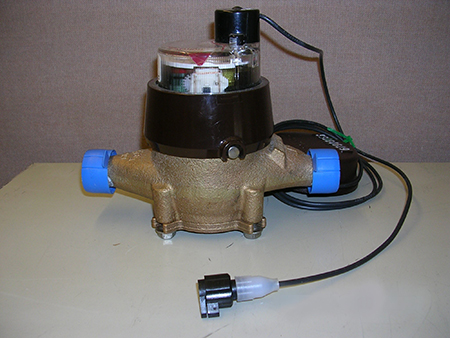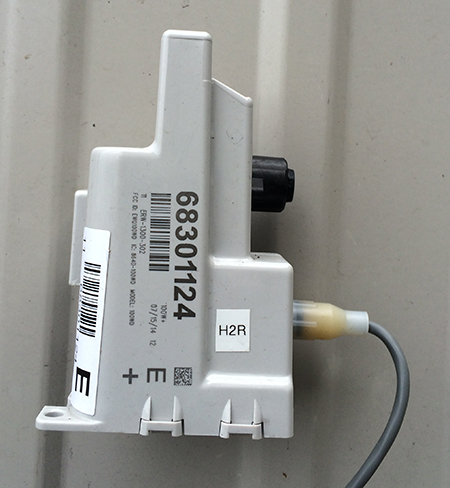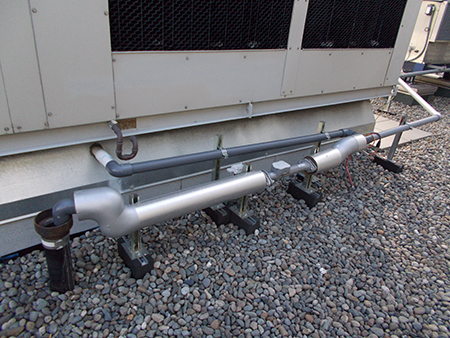Apply for Sewer Submeters
Application resources
Sewer Submeter Billing Application Form (PDF)
Installation and maintenance
Customers are responsible for the purchase, installation, maintenance and accuracy of their own sewer submeters, equipment and appurtenances.
To receive the sewer deduction from your account, customers must install and maintain submeters that are authorized by Seattle Public Utilities.
Types of submeters
A submeter is commonly defined as either a deductible meter or a chargeable meter. The submeters are physically the same but differ in their installation and billing method.
A deductible meter is installed on the water line that supplies the allowable deduction and is read by SPU with the registered consumption subtracted from the customer’s sewer charges. In this type of installation, sewer is billed on all water used except for that measured through the submeter.
A chargeable meter is installed on a water line supplying a portion of the facility that does discharge to the sewer. This meter is also read by SPU with the registered consumption used as the basis for sewer charges.
Note: Certain types of equipment, including cooling towers, swimming and wading pools, require the installation of both a deductible and a chargeable meter. In these cases, a deductible meter will deduct water supplied to equipment from their sewer charges, while the chargeable meter will capture the percentage of water that is actually discharged to the sewer.
- Submeters must measure in CF (cubic feet) and broadcast in CCF (100 cubic feet). Gallon meters are not allowed.
- Submeters must have an ITRON connector and the end of the wire with an ITRON 100W+ ERT connected.
- Order meters with potted wires at least 20 feet long (or long enough to reach the predetermined wiring location).
- Order ITRON ERT modules in “hard to read” mode from the supplier unless directed otherwise by your individual submeter compliance plan.
- The most current ITRON ERT compatibility list can be found online.

Submeter with ITRON connector

ITRON 100W+ ERT
Drains
An inverted P-trap keeps the meter flooded and prevents positive air pressure from created false consumption. These are required on all drain lines to prevent false registration of consumption on submeters installed on drain lines.

Cooling tower drain with inverted P-Trap
Temporary and permanent dewatering
Groundwater discharged to the public combined or public sanitary sewerage system must be metered through the SPU Sewer Submeter Program under SPU Director’s Rule DWW-308 (PDF) prior to discharge.
All dewatering submeters are required to be either ultrasonic or electromagnetic meters and meet all other current SPU Sewer Submetering requirements.
Any sampling ports must be installed downstream of the meter.
Reduce delays
Don’t assume that simply installing a submeter guarantees acceptance by SPU. Always contact SPU prior to installing a submeter so we may review your design and help you ensure accurate metering and billing of sewer charges.
Changes to your submeter design after review by SPU may cause your submeter application to be rejected. Always contact your SPU representative if you have any changes to or questions on your design.
Submeter fees
All new or replacement submeters or meter registers will pay a fee comprised of inspection costs, billing system set up costs, and plan review costs. View SPU Standard Charges (PDF).